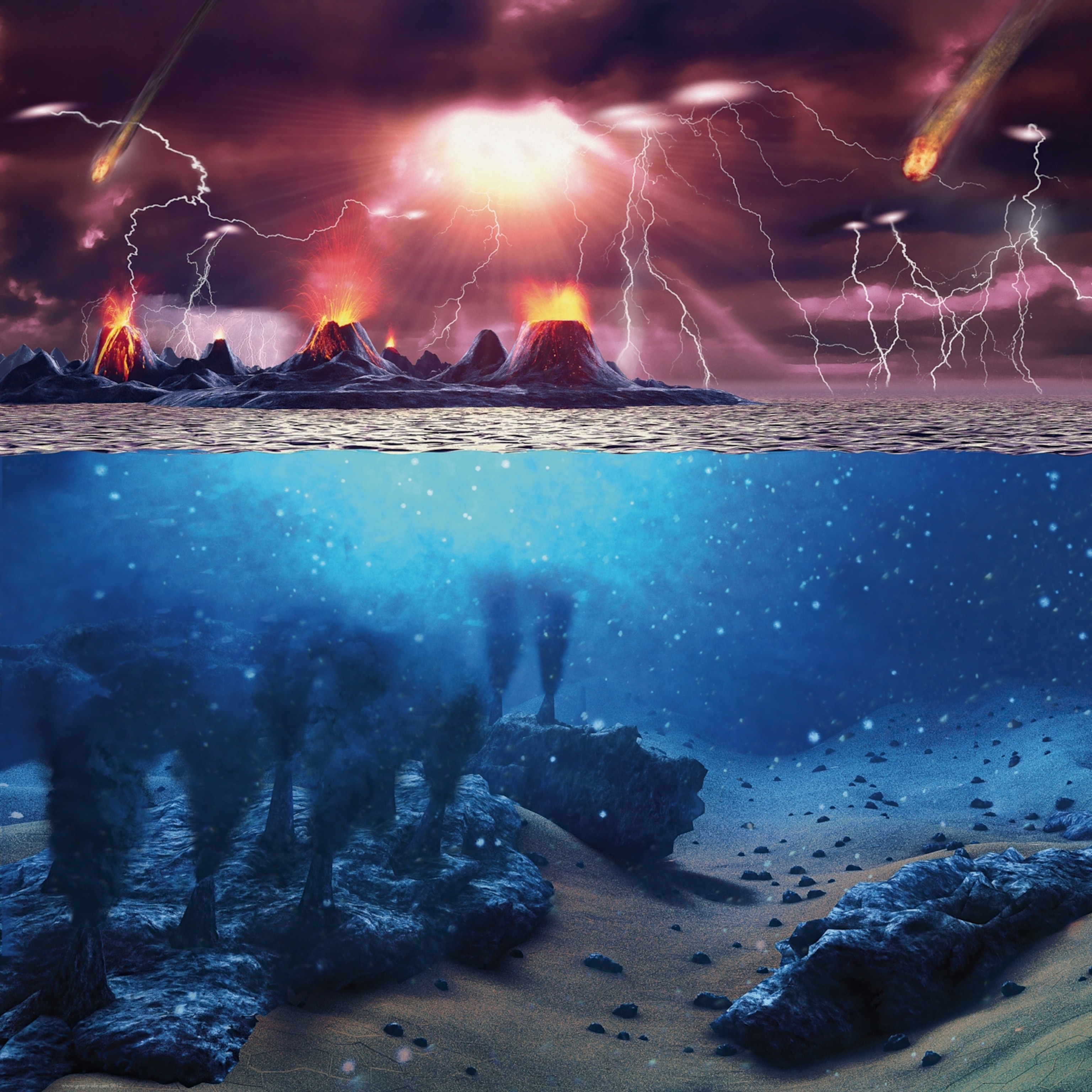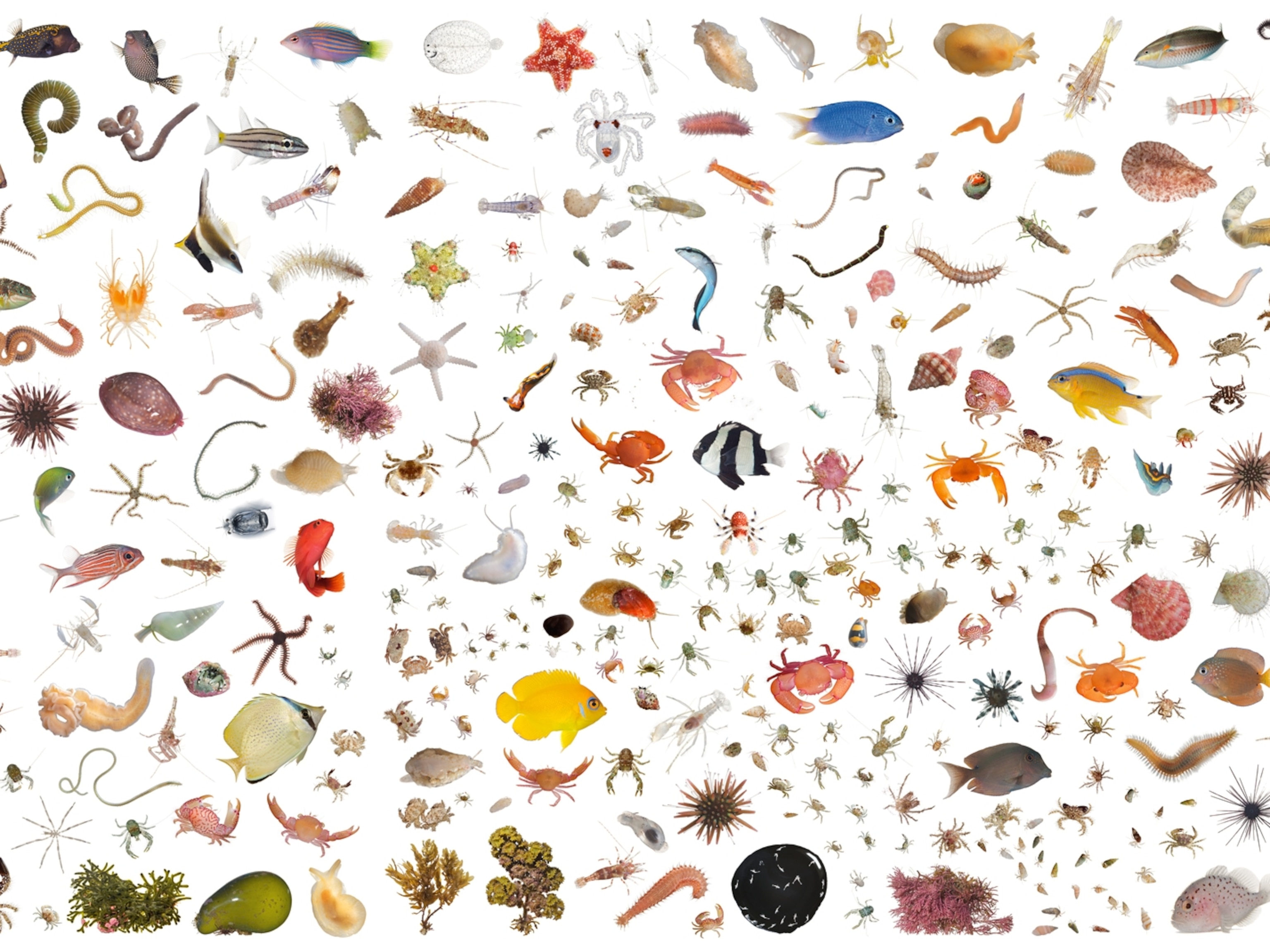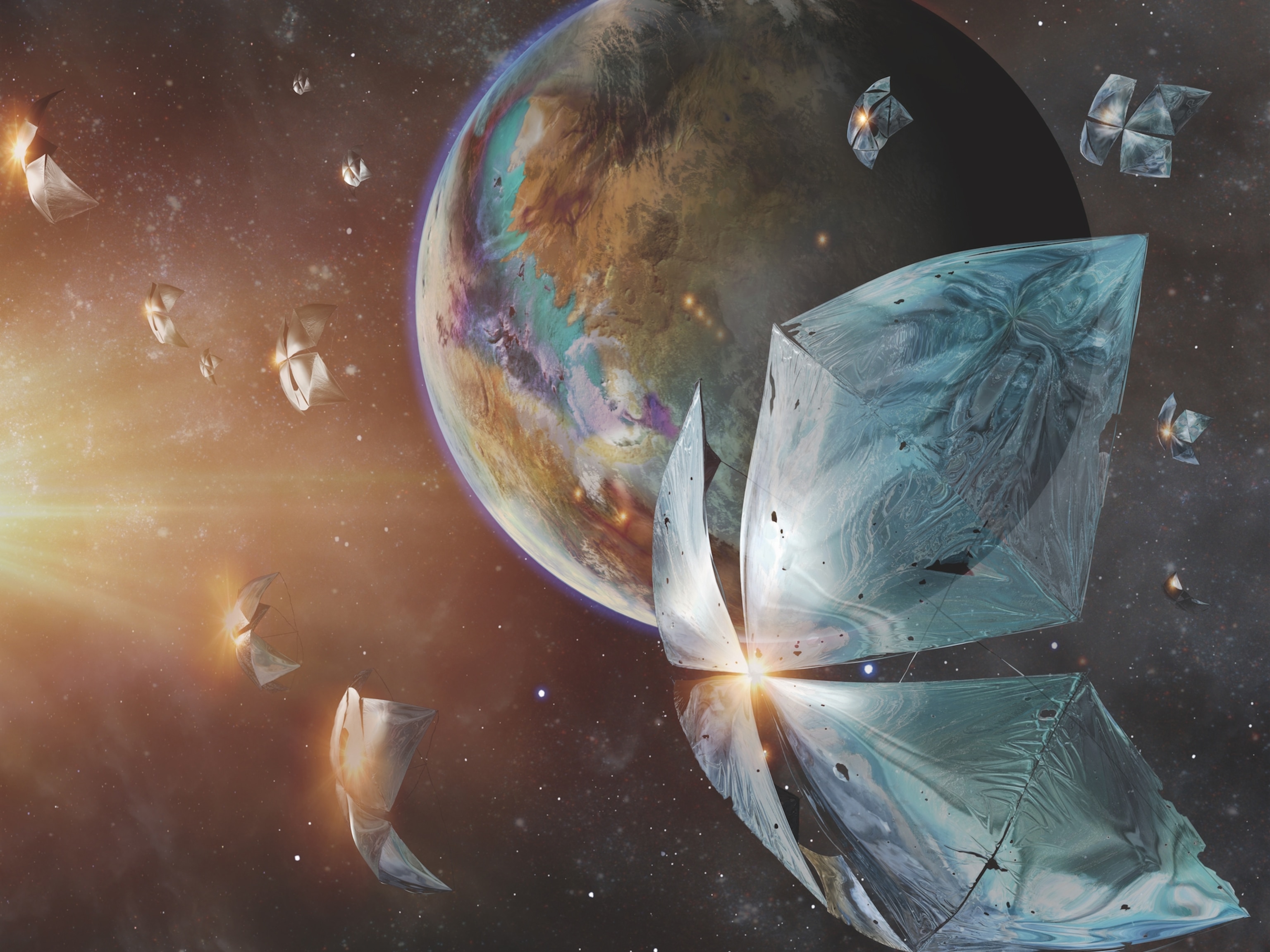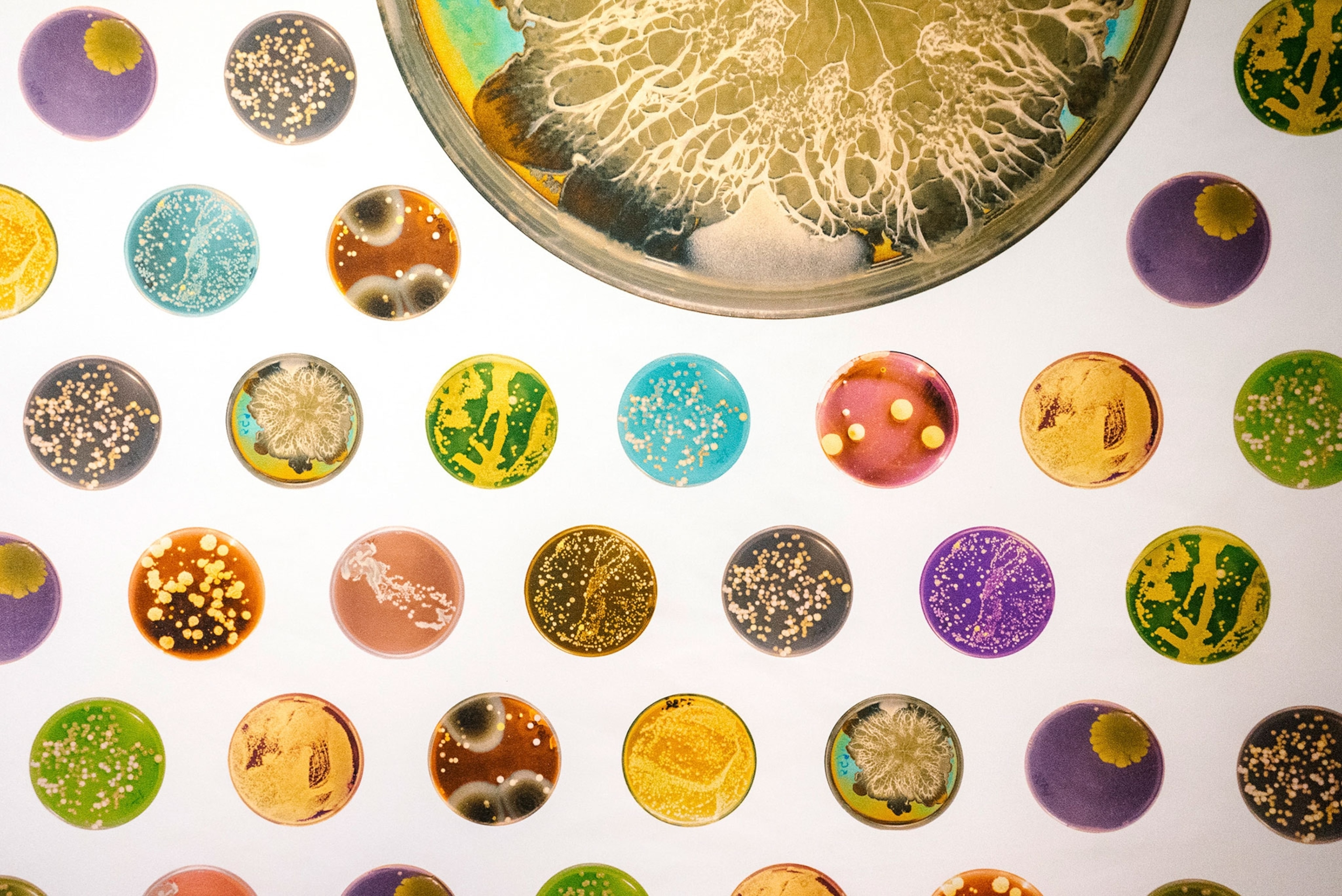
These Invisible Organisms Hold the Key to Life on Earth
Microbes are the dominant force on the planet, says author Ed Yong.
From antibacterial wipes to germ-busting cleaning agents and soaps, ours is a society obsessed with hygiene. But spending our time and money wiping out microbes may actually be harming—not benefiting—our health, says Ed Yong. The National Geographic writer and blogger has written a book on the burgeoning science of the microbiome. As I Contain Multitudes: The Microbes Within Us and a Grander View of Life reveals, these invisible organisms help regulate our immune systems, provide crucial protection to newborn infants, and, if integrated into the architecture of public buildings, could even create healthier environments for us to live and work in.
Talking from his home in Washington, D.C., Yong explains how microbes became confused with germs and pathogens; how a squid in Hawaii becomes invisible with the help of microbes; and why having a cesarean section may not be such a good idea.
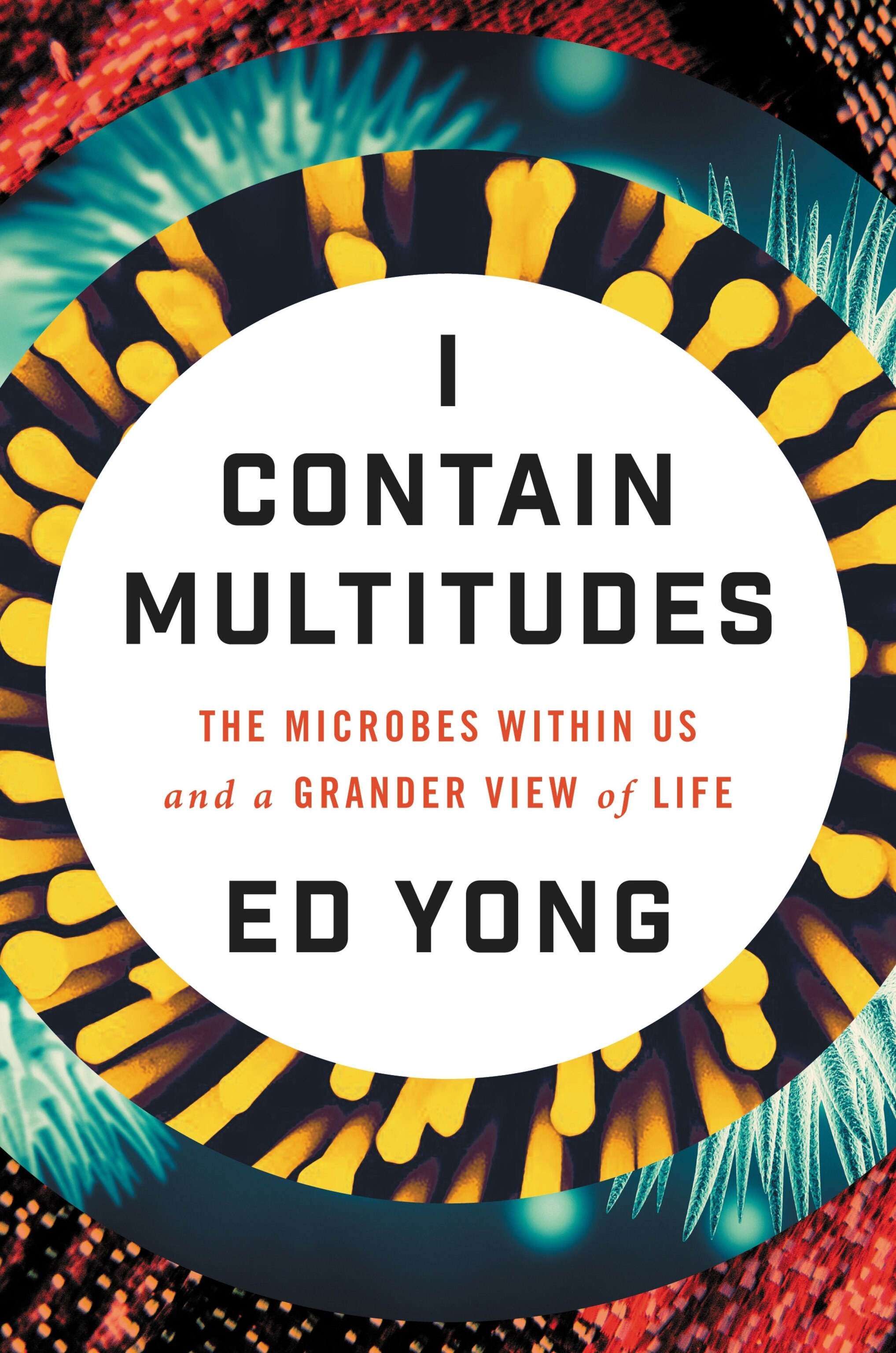
Most of us confuse microbes with “germs.” But, as you explain, without microbes we wouldn’t exist. Why are these ubiquitous, but invisible, creatures so crucial for our survival?
We need to stop thinking of these things simply as germs or agents of disease. They do so many things. For humans, microbes help us digest our food, build and calibrate our immune system, protect us from disease, and shape and sculpt our organs. If you look in the broader animal kingdom, the abilities they confer upon their hosts are even more extraordinary. We have animals that produce light by using bacterial helpers; others that rely on microbes to digest or detoxify their meals.
It’s almost inevitable that this was the case because microbes have been around on the planet for billions of years before animals or any other large, multicellular creature came to be. They are the true rulers of the planet and when we arrived on the scene, it was only natural that we plugged ourselves into their biology.
Tell us about the amazing work being done by the Home Microbiome Study.
The Microbiome Study is led by a guy called Jack Gilbert, who is looking at the microbiomes of not just homes, but hospitals, aquariums, and all sorts of public spaces. One of the fascinating discoveries is that couples end up with more similar microbes than, say, strangers. Our pets also act as vehicles for shuffling microbes from the wider world into our homes and then into our bodies.
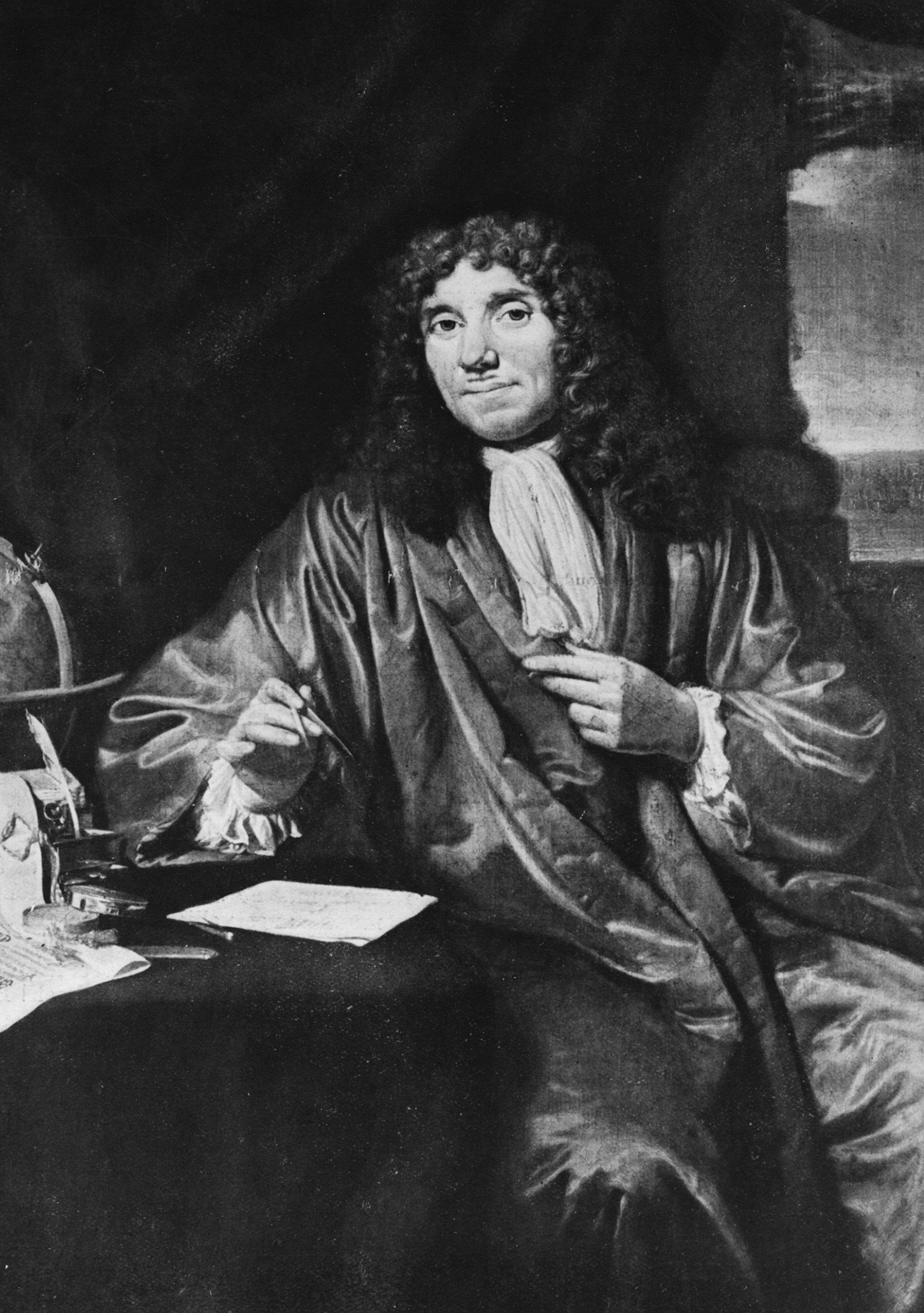
Our microbiome, the community of microbes that live in our bodies, connects us to the wider world. Every person aerosolizes 37 million bacteria per hour, imprinting the places we visit and live in with microbes from our bodies. At the same time, I’m also taking in microbes from the environment. There’s a constant two-way flow of traffic from our bodies to the wider world.
Scientists are now trying to understand that traffic to see what it means for our health. So many of us still see microbes as signs of dirt or things to be cleaned away or destroyed. Now we have scientists who are thinking maybe we could add microbes to the spaces around us in ways that will benefit our health.
It has become common for women to give birth by cesarean section—explain why that is not a good idea, and why breastfeeding is also so crucial to a child’s future health.
When babies are born, they leave the sterile environment of the womb and gain their first microbes from their mum by passing through the birth canal. If a baby is born through cesarean section, its first microbes are more likely to come from the skin or hospital environment. I want to stress that it’s still not clear whether this has negative effects. We know that the route through which you are born can change the microbiome. But whether those early, temporary differences can have any effects on our health in the long term is something that’s still being looked at.
It’s clearer that breast milk has important benefits for a child beyond the obvious nutritional value. About 10 percent of milk consists of sugars that babies cannot digest. Instead, they are there to nourish microbes in the baby’s gut, particularly certain species and strains that have evolved to efficiently digest those sugars. In return, those microbes feed the baby’s gut and quench inflammation. A mother who is breastfeeding isn’t just nourishing her child. She is engineering a whole ecosystem in her baby.
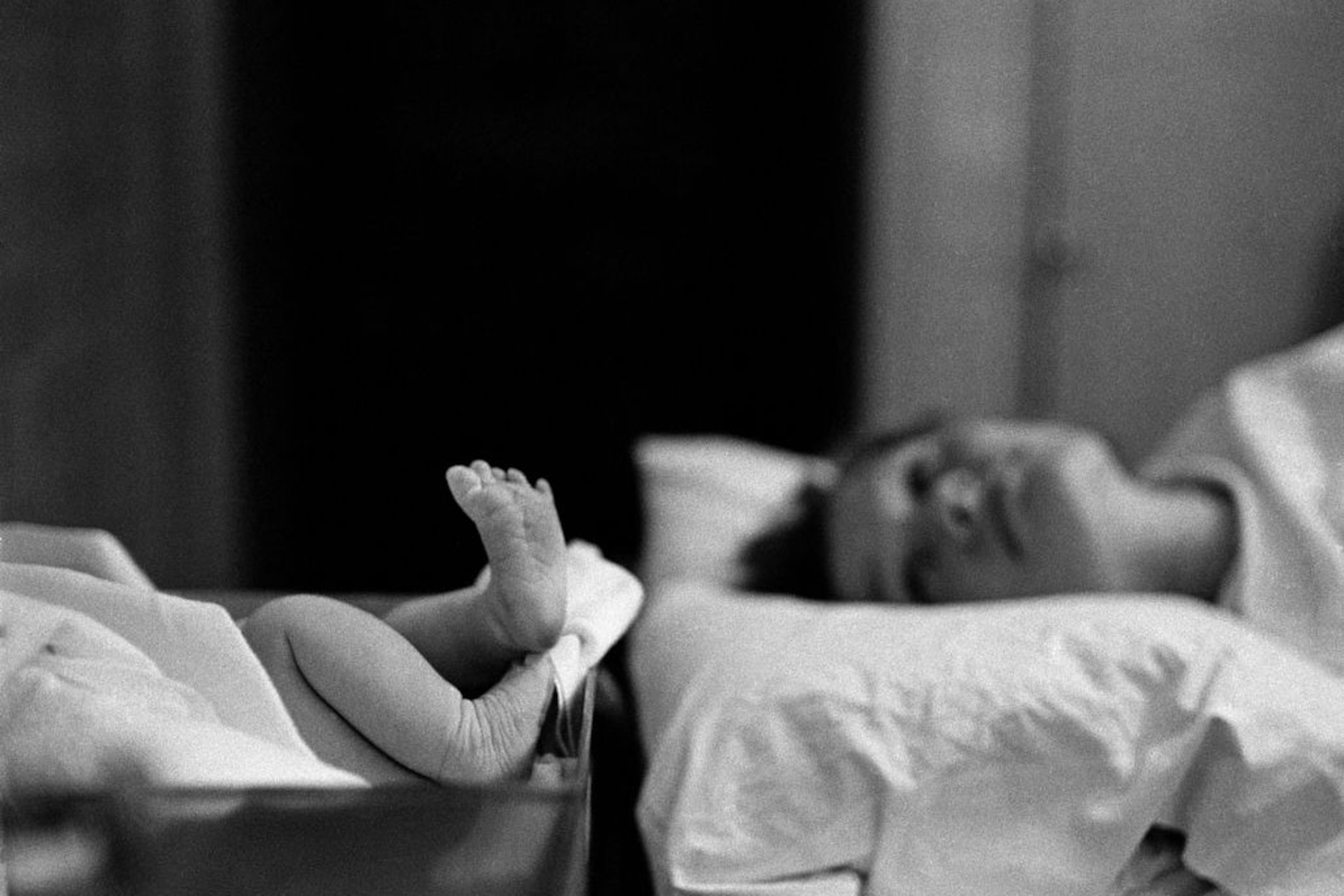
The first human eye to actually see a microbe belonged to a “curious Dutchman.” Tell us about Antoni van Leeuwenhoek.
Leeuwenhoek was a fascinating character. He was not a trained scientist. He was a draper and civic servant. But he had an insatiable curiosity about the world and he fed that curiosity by looking at the world through lenses that he made himself, which were the most powerful lenses and microscopes around at the time. He looked at water from a lake outside Delft and saw protozoans. In water he collected in a pot outside his house, he saw bacteria for the first time. He realized that life existed and thrived at a scale beyond the threshold of our perceptions. He studied the dental plaque that coated his teeth and looked into mouths of other people in Delft. There, too, he saw microbes. But he wasn’t disgusted at the prospect that he contained multitudes. He was enchanted and amazed by this world he had become the first human in history to witness.
It took a long time after that for the study of microbes to come into the mainstream. Explain why that was—and how it hampered our understanding of the microbe’s importance.
There are a couple of reasons why it took so long to appreciate the value of the microbial world. One is that, early on, microbes became associated with disease. Scientists realized that bacteria caused many diseases, from plague to cholera to TB, and microbes therefore became cast as villains: things we ought to destroy. Other scientists were looking at microbes in the wider world—soil, water, or animal bodies—and realizing that the vast majority of microbes were either benign or possibly beneficial. But they were making those discoveries on the fringes of biology, usually on their own. So it took a long time for those disciplines to move to the center and for people to realize that so much of the microbial world is benign.
A lot of those realizations only came thanks to new technologies. It used to be that the only way of studying microbes was to culture them in laboratories, but many of them are very difficult to grow in a lab. But a few decades ago we gained the ability to study microbes through their DNA. We could take a soil sample or a cheek swab from an animal, look at the DNA of the creatures within, and identify them. That’s when scientists first really became able to understand their contribution to our lives. That changed everything.
Antibiotics were once seen as a miracle cure for disease. Now they are leading to what one of your sources called “one of the greatest public health threats of the 21st century.” Explain why—and what we can do about it.
I want to clarify that I quoted someone else there. As far as I’m concerned, antibiotics are one of the greatest public health goods we have ever had. They have unquestionably saved countless lives and have brought many infectious diseases to heel. But we are learning now that antibiotics also do collateral damage by harming the microbes that we depend upon as well as those that cause us harm. The rise of antibiotic-resistant bacteria, like the MRSA superbug in hospitals, is a huge public health threat. That’s not to say we should demonize antibiotics or tell people they shouldn’t be using them at all. Instead, we should be much more careful about their use.
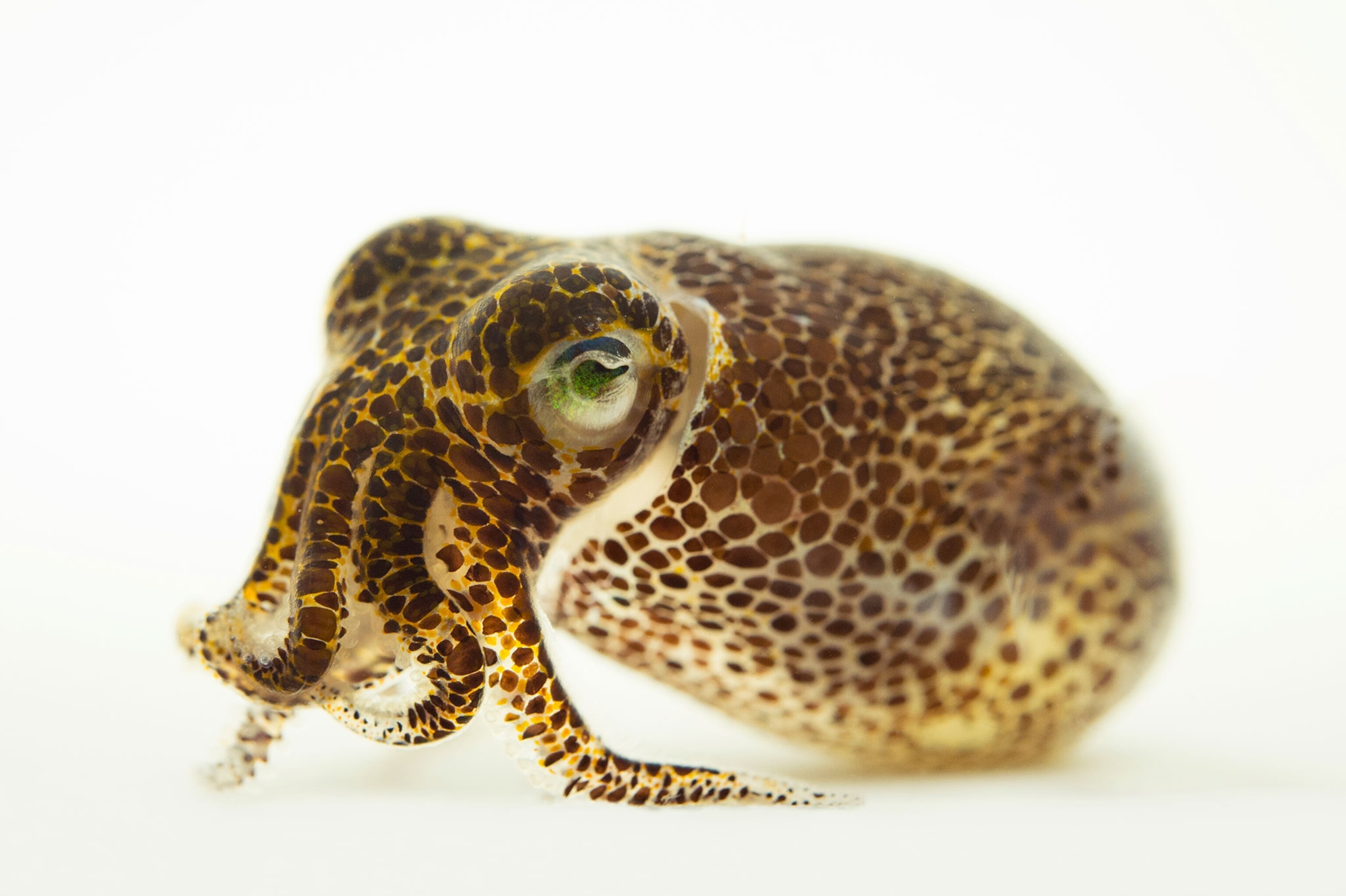
At the University of Madison-Wisconsin, you visit a Hawaiian bobtail squid. Explain how microbes enable it to camouflage itself.
It’s a delightful little animal that would fit in the palm of my hand. Its skin is flecked with beautiful red, orange, and yellow colors that constantly change hue. It has light organs on its underside, which house microbes that give off light. That glow is very faint but matches the moonlight shining down from above the squid, hiding its silhouette from any predators. It effectively casts no shadow.
The astonishing thing about that partnership is that the squid forms an alliance with just one species of bacterium, a thing called vibrio fischeri. Out of all the thousands of microbes in the ocean, only this particular one gets to colonize the squid. And when it moves into the squid’s body, it causes the immature light organ to change and mature into its adult form. So the squid becomes an adult when it encounters its bacterial partner. That shows how bacteria help to sculpt and shape the organs of animals. They are not just things that cause us harm. They help us to become who we are.
Tell us about some of the amazing applications being researched, from possible cures for obesity and even autism.
Many scientists have looked at how changes in the microbiome affect our risk of disease. There’s now a long laundry list of conditions and disorders that have been linked to changes in the microbiome, from diabetes to arterial sclerosis or colorectal cancer. It’s still unclear in many of these cases whether changes in the community of microbes lead to the conditions or whether it’s the reverse, or both, or neither. But there are many studies that suggest microbes are contributing to the development of these disorders. The reason scientists are so excited about this is that, if it really is an important contributor to these diseases and disorders, then it is a lever upon which we can push in order to improve our health.
Some architects are even trying to design buildings—and even whole cites—to enhance their microbial ecology. Is “bio-informed design” a practical idea anytime soon?
It’s a speculative idea but a very intriguing one. Traditionally we have looked to destroy microbes in the spaces around us by cleaning and sanitizing our environment. But we’re starting to appreciate that microbes are omnipresent and, if we get rid of them, perhaps we are creating an ecological vacancy that may make it easier for those species that cause disease to colonize. By changing the way our buildings are designed or whether we open windows or not, we can change the microbial character of those spaces, encouraging the growth of certain species that are beneficial or crowding out those that are more likely to cause disease.
Few of us are ever likely to feel such passion for microbes as you. Why do you love them so much?
All my life I have been fascinated by the natural world. I went to zoos and watched nature documentaries. And since writing this book it has become clear to me that the creatures I know and love are profoundly influenced by these organisms that I cannot see. So, if we want to understand the world and our place in it, we need to understand microbes.
I am sitting here apparently alone in this room, a single body driven by a single brain, powered by a single genome. Yet that is an illusion. I am actually a thriving ecosystem. The poet William Blake wrote, “To see a world in a grain of sand.” If you zoom in on the tiniest bits of the world around you, you will find wonders you had previously not imagined.
This interview was edited for length and clarity.
Simon Worrall curates Book Talk. Follow him on Twitter or at simonworrallauthor.com.



